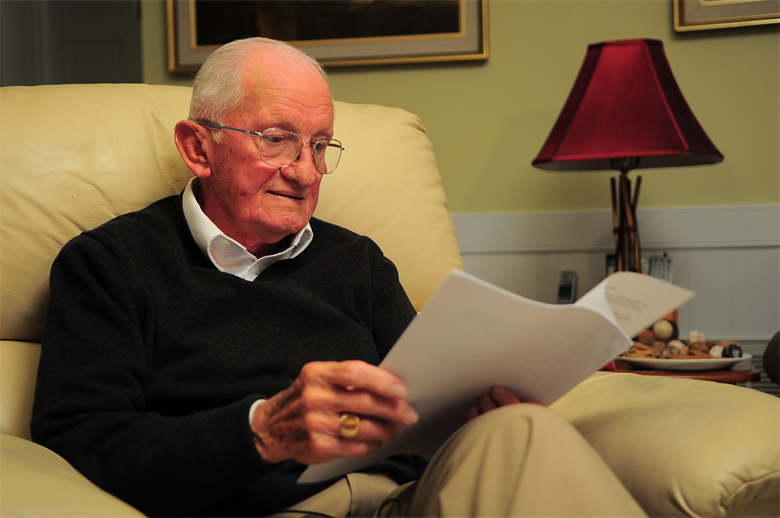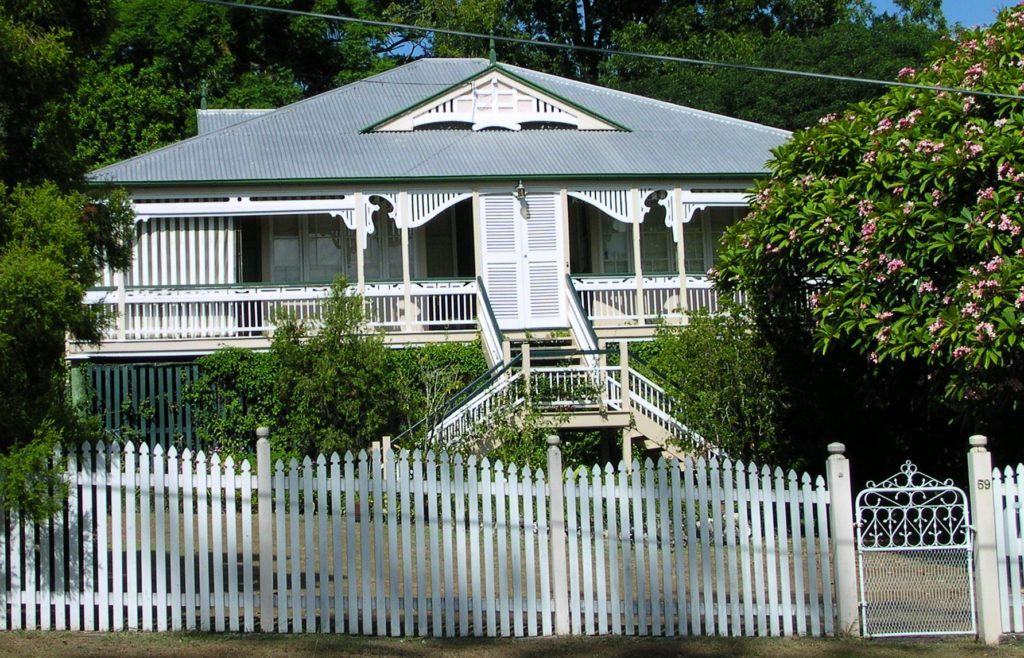 Let Mother Nature Do The Energy Work
Let Mother Nature Do The Energy Work
The larger percentage of our energy requirements is expended on either heating or cooling.
So how can you get mother nature to do most of the heavy lifting for you? In reality, it’s not heavy lifting for her; she does it gracefully and easily.
The second law of thermodynamics, the law of entropy, doesn’t have to be the curse that all the textbooks claim it to be. You can in fact use it to your advantage.
In nature, the energy in an open system is shared around. A boiling kettle that contains more heat energy than its surroundings will dissipate that heat raising the temperature of the air around it whilst dropping the temperature of the water inside it.
There’s not much you can do about that. That’s how things work. Even insulating the kettle will only prolong the inevitable because mother nature shares the energy around and everything will eventually become the same temperature. If you need another hot chocolate at a later time you are just going to have to re boil the kettle. That’s a typical example of mother nature working against you but there are many ways to get her to work for you.
When I was growing up through the 1960’s and 70’s my family moved around quite frequently. I used to joke that I had lived in nearly every house in Australia. When I was born my family was living near Brisbane in Queensland. After we had done the circuit, we ended up back here again. Apparently to get away from the heat, the majority of houses in Brisbane and most other Qld towns and cities had been built on stumps.
My understanding was that this allowed air to flow freely in and around the home. This being the case, then in the those hot summers the temperature inside the home would be no cooler than the ambient outside temperature. If it was 41 degrees outside, it would be a minimum of 41 degrees inside and very possibly more than that. The inside of a car left in the sun is always hotter than the outside ambient temperature. I would suggest that the inside of a house left out in the sun would also be hotter than the outside ambient temperature.
In the winter time, almost the exact opposite would be true with the added advantage that during the colder months there may be the trapping of some heat inside the home. One thing I noticed in my very early days was that being under one of these house in the summertime was always cooler than being in the house.
It would be a lot more comfortable in the summertime to have built an old “Queenslander” and then abandon it to live underneath. In fact, in later days that’s exactly what many people did. They built in under their home and spent more time there. Not just in the summer time but also in the winter time as well because for some strange reason the temperatures were more comfortable under these homes all year.
The reason why the temperatures are more stable under an old “Queenslander” is because mother nature is hard at work warming the area in the winter time and cooling the area in the summertime.
And she does it day and night, 24 hours a day. And she never forgets to do it. And she does it for free.
So how does it work?
Whilst the upstairs internal temperatures are subject to the ambient outside temperatures all year round, the temperature under the house was always better because of these wonderful laws of nature. Even better would be an enclosed room under the house where there would be less effect from the outside ambient temperature. Around Brisbane where we lived, the ground temperature is roughly 23 degrees all year round.
And since hot things, like a boiling kettles, dissipate their heat into the cooler air and therefore become cooler; during the winter time, when it may be as cold as 10 degrees outside, the closeness of the earth under the house would share it’s heat to warm the rooms to be the same temperature as it is.
The magic is that once you’ve built the rooms under the house,
there are fewer running costs for auxiliary heating or cooling. Mother
nature does most of the work if not all of it >>COMPLIMENTARY VIDEO>>
That is, the earth would give up some of its heat to warm the rooms. Mother nature would share this heat and endeavour to make the temperature under the house as close to 23 degrees as possible.
My opinion is that 23 degrees is a much more comfortable temperature for a human being than 10 degrees. And in the summertime, when the outside ambient temperature in the mid-30s, mother nature is still trying to make those rooms under the house the same temperature as the earth. My opinion is that 23 degrees is a much more comfortable temperature for a human being than 35 degrees.
I am the guy who says “let mother nature warm your home in the winter and cool it in the summer because she doesn’t put her prices up every year”.
John Lynn
Suburban Off Grid Living

